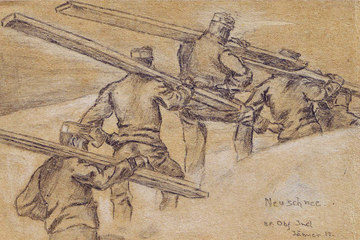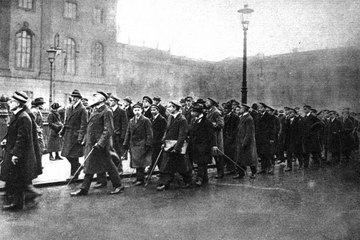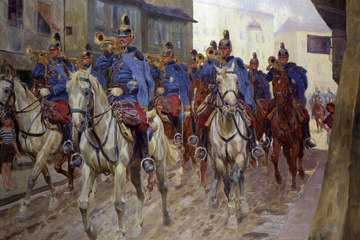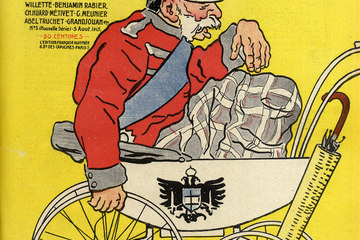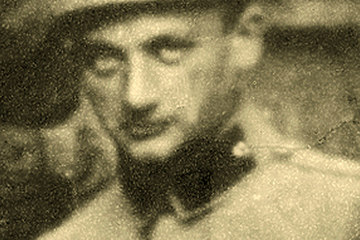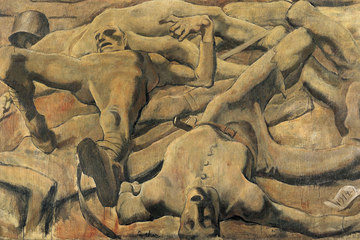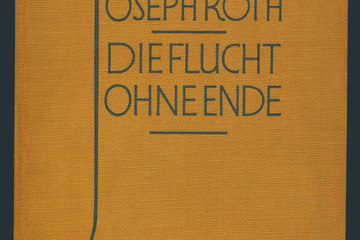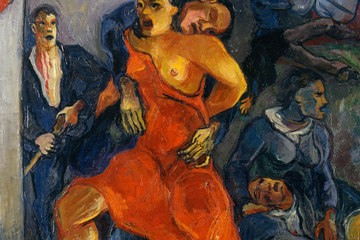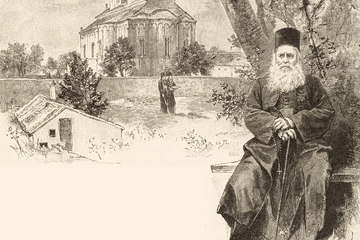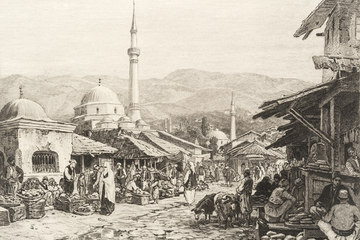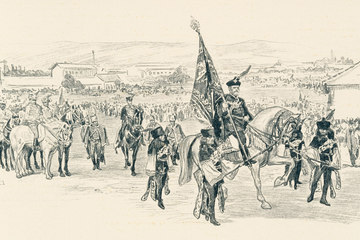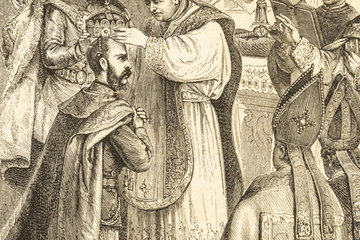‘Warriors on the Frozen Front’ – The War in the Alps as a Test of Manly Strengths
In the Austrians’ culture of memory in the post-war years the war in the Alps played a special role. The ‘steeled’ men battling against nature and the enemy appear as ‘martyr heroes’ and exemplary figures in a process of making sense of what had happened which attributes heroic traits, mythical qualities and symbolic capital to the soldiers of the Austro-Hungarian army despite their having been defeated. The ‘sons of the Alps’ – mountain warriors and Tyrolean militiamen who were exposed to indescribable hardships amid the rocks and snow of the Alpine front and had stood the test very well – corresponded particularly well to the ideal of tough military masculinity.

